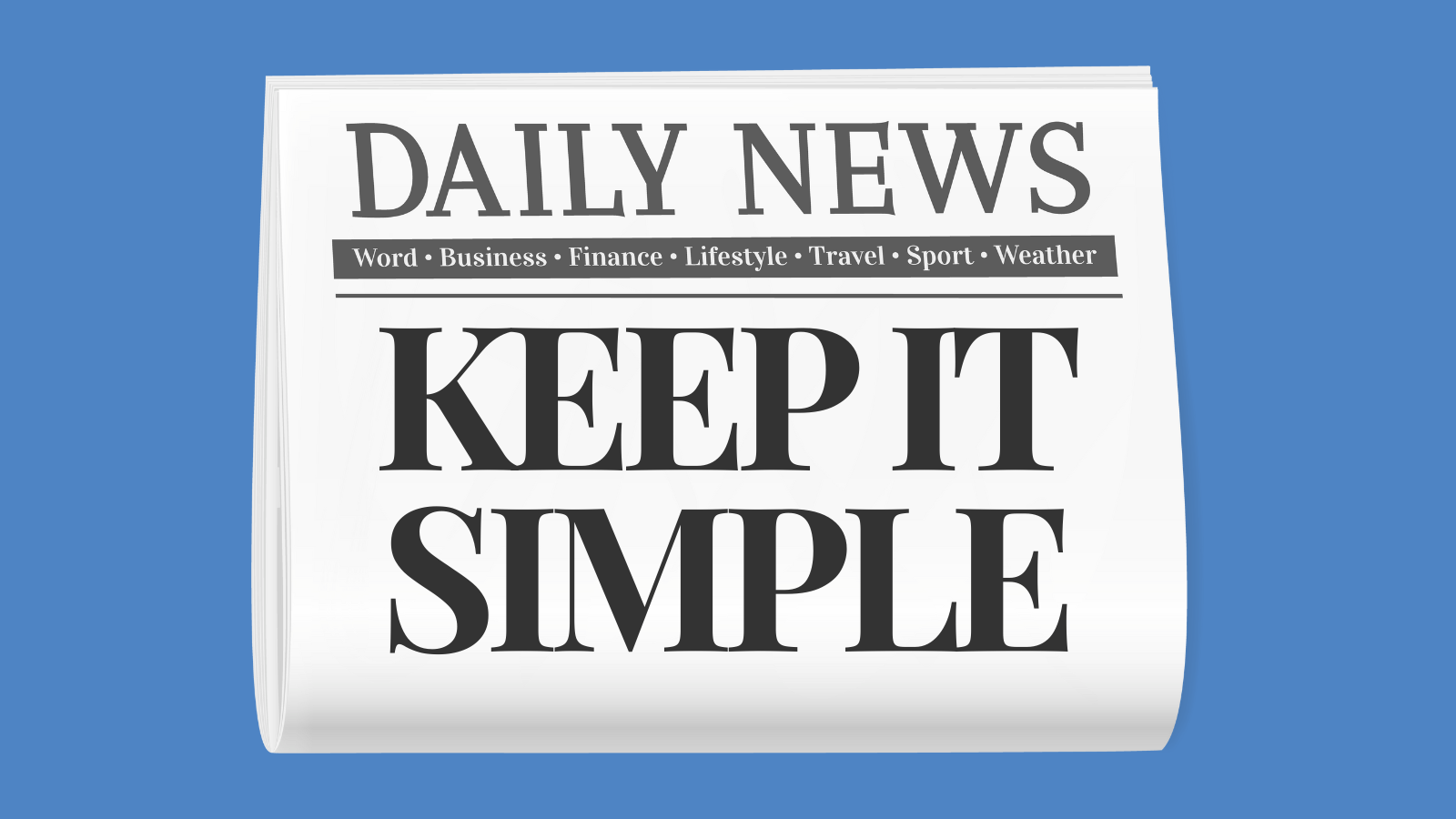The following are excerpts from a new peer-reviewed journal article published June 5, 2024 in Science Advances.
Abstract
Over 30,000 field experiments with The Washington Post and Upworthy showed that readers prefer simpler headlines (e.g., more common words and more readable writing) over more complex ones. A follow-up mechanism experiment showed that readers from the general public paid more attention to, and processed more deeply, the simpler headlines compared to the complex headlines. That is, a signal detection study suggested readers were guided by a simpler-writing heuristic, such that they skipped over relatively complex headlines to focus their attention on the simpler headlines. Notably, a sample of professional writers, including journalists, did not show this pattern, suggesting that those writing the news may read it differently from those consuming it. Simplifying writing can help news outlets compete in the competitive online attention economy, and simple language can make news more approachable to online readers.
Introduction
How do people select what to read in competitive online news environments? Democratic societies prize a knowledgeable and engaged citizenry, which requires that people educate themselves on the most important and most credible news of the day. In reality, however, even though high-quality news has never been more available, so too is the competition for readers’ attention1 (1) S. Vosoughi, D. Roy, S. Aral, The spread of true and false news online. Science 359, 1146–1151 (2018).. The competition for online attention is fierce. High-quality news must compete for reader attention with misinformation 2(2)J. Allen, B. Howland, M. Mobius, D. Rothschild, D. J. Watts, Evaluating the fake news problem at the scale of the information ecosystem. Sci. Adv. 6, eaay3539 (2020). 3(3) V. Bélair-Gagnon, L. Graves, B. Kalsnes, S. Steensen, O. Westlund, Considering interinstitutional visibilities in combating misinformation. Digit. Journal. 10, 669–678 (2022). and the proliferation of highly partisan content. 4(4) J. F. Sparks, J. D. Hmielowski, At the extremes: Assessing readability, grade level, sentiment, and tone in US media outlets. Journal. Stud. 24, 24–44 (2023).5(5) A. M. Guess, P. Barberá, B. Barberá, S. Munzert, J. Yang, The consequences of online partisan media. Proc. Natl. Acad. Sci. U.S.A. 118, e2013464118 (2021).6 (6) M. Carlson, The information politics of journalism in a post-truth age. Journal. Stud. 19, 1879–1888 (2018). Against this backdrop, we propose the simpler-writing heuristic as a way of explaining reading behavior in online news environments. Guided by the principle that people are economical with their attention, 7(7)S. T. Fiske, S. E. Taylor, Social Cognition (Mcgraw-Hill Company, ed. 2nd, 1991). we propose that news headlines featuring simpler language will be clicked on, and consequently read, more than news headlines with more complex language. This research sheds light on how people navigate information-rich environments 8(8)P. Pirolli, S. Card, Information foraging. Psychol. Rev. 106, 643–675 (1999). 9(9)T. Rogers, J. Lasky-Fink, Writing for busy readers: Communicate more effectively in the real world (Penguin, 2023)., with implications for how news ecosystems can better achieve democratic ideals. 10(10)T. P. Vos, R. J. Thomas, “They’re making it more democratic”: The normative construction of participatory journalism. Digit. Journal. 1-25, 1–25 (2023).
To read the full study, go to https://www.science.org/doi/10.1126/sciadv.adn2555.


